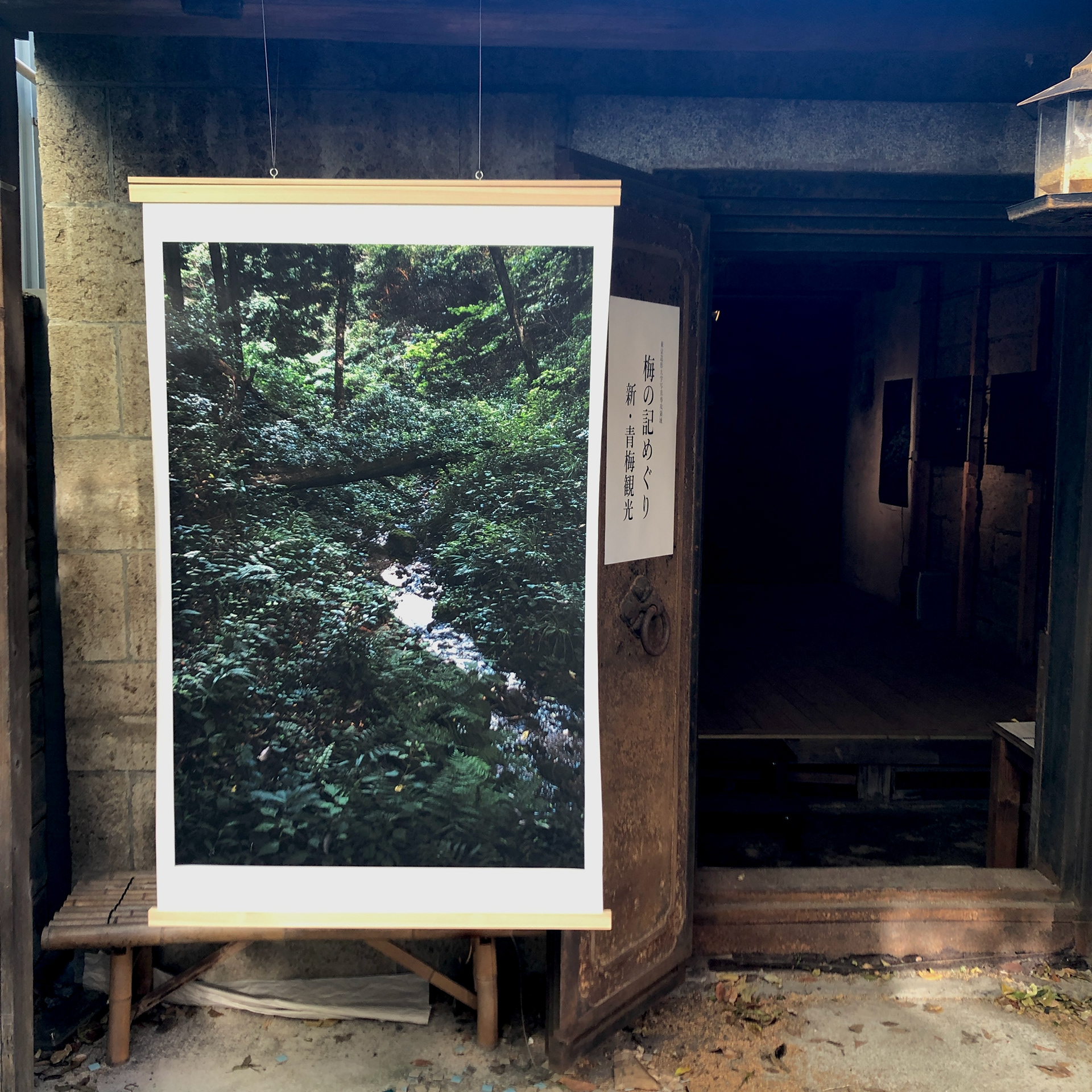青梅(ome),位于东京都西部山区,紧靠多摩川。曾经是林业十分兴盛的地区。
当走入那片繁茂的青梅森林中,映入眼帘的是树木、草丛交错盘绕的复杂生态景观。在人工种植的杉树与桧树之间,杂乱的下草、倒木以及汇入多摩川的小溪流交织其间。这里既有人工林,也有未经植林的杂木林,展现出青梅森林的生态多样性与景观丰富性。
曾作为东京重要的木材产出地,这里发生过许多伐木作业。工人将树木被成片地伐倒后,会把木材扔进山间的溪流中,树木会顺着水流,留到山下的多摩川,再流向东京都内的码头,供人们使用。
在林间行走,仍可见这些伐木的痕迹,林中因为砍伐而留下的空地,已经干涸只剩河床的溪流,仿佛显现出人类与山林的互动。森林景观背后,映射着青梅森林的历史以及在此劳作过的人的足迹。
Ōme is a city located in the mountainous western region of Tokyo, adjacent to the Tama River in the Tama area of the metropolis . It was once a thriving center of forestry.
When entering the luxuriant forests around Ōme, one encounters a complex, intertwined ecosystem of trees and grasses. Planted cedar (Sugi) and cypress (Hinoki) plantations are interspersed with wild undergrowth, fallen logs, and small streams that flow into the Tama River . There are both managed coniferous stands and natural mixed hardwood forests, reflecting Ōme’s ecological diversity and rich forest landscape .
Ōme historically served as a key supplier of timber to Edo (now Tokyo). Logging operations involved felling trees in large swathes and sending them downstream via mountain streams into the Tama River. These logs would then continue downriver into Tokyo’s urban area and dockyards for use.
Even now, walking through the forest one can still see the remnants of those logging activities—clearings where trees were harvested, dry stream beds where waterways once flowed—evoking the relationship between people and the mountain . Behind the forest’s scenery lies the history of Ōme’s woods and the people who labored there.


2021 「新·⻘梅観光 梅の記めぐり」 ダイニング & ギャラリー繭蔵 (东京)
2021 - "New: Ome Tourism: Plum Memories" (Dining & Gallery Mayuzou, Tokyo)